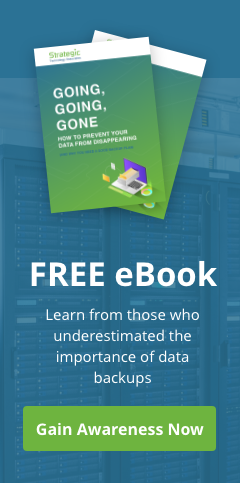
Predictive forecasting uses a variety of statistical techniques, such as modeling and data mining, to analyze current and historical facts to make predictions about the future.
The predictive forecasting function of Office 365 provides users with the skills to generate reports, interactive charts, and 3D visualizations of business performance.
Its built-in predictive forecasting models can automatically detect seasonality in the data, though users can override this by applying a non-seasonal algorithm if they so desire. It also enables users to see how results are affected by adjusting the parameters of the time or confidence interval assigned to be analyzed. Simply put, users can perform advanced forecasting without the complexity that usually accompanies these kinds of processes.
Power BI’s predictive forecasting can also help fill in gaps with data. Power View, an interactive data exploration and presentation tool, fills in missing values from a data set before carrying out a forecast for a more accurate result.
Get started with forecasting by doing following:
- Simply upload a workbook with a Power View time series line chart to Power BI for Office 365.
- Open the file in Power BI.
- Click on the forecast arrow or drag the forecast dot in the line chart and you’ll see forecasting parameters appear in the analysis pane to the right of your report. To get your forecast or projection, configure the parameters:
- Forecast Length – This lets you look as far into the future as you wish, be it in days, months, or years.
- Confidence Interval – This parameter allows you to indicate the probability of how close predicted values will be to the eventual actual numbers, e.g., you can be 80% certain that actual sales figures next year will be within the range of your forecast.
- Ignore Last – Outliers in datasets can distort averages and forecasts. For instance, you want to look into sales for the past 12 months, but you know that the data of every month goes through adjustments before being locked in. With Ignore Last, you can take out data from the most recent month if the numbers haven’t been adjusted yet.
- Seasonality – A dataset is said to exhibit seasonality when a pattern can be discerned when looking at values over cycles of time. If you anticipate seasonality in a particular workbook, you can specify if it is monthly, quarterly, or yearly.
Predictive forecasting, if used properly, can immensely help with the overall strategic planning, market penetration, and operation of your business.
Looking to learn more about Office 365 and its features? Call us today for a chat.


You must be logged in to post a comment.